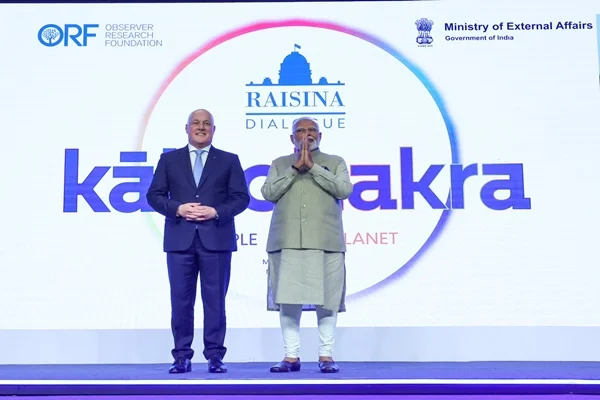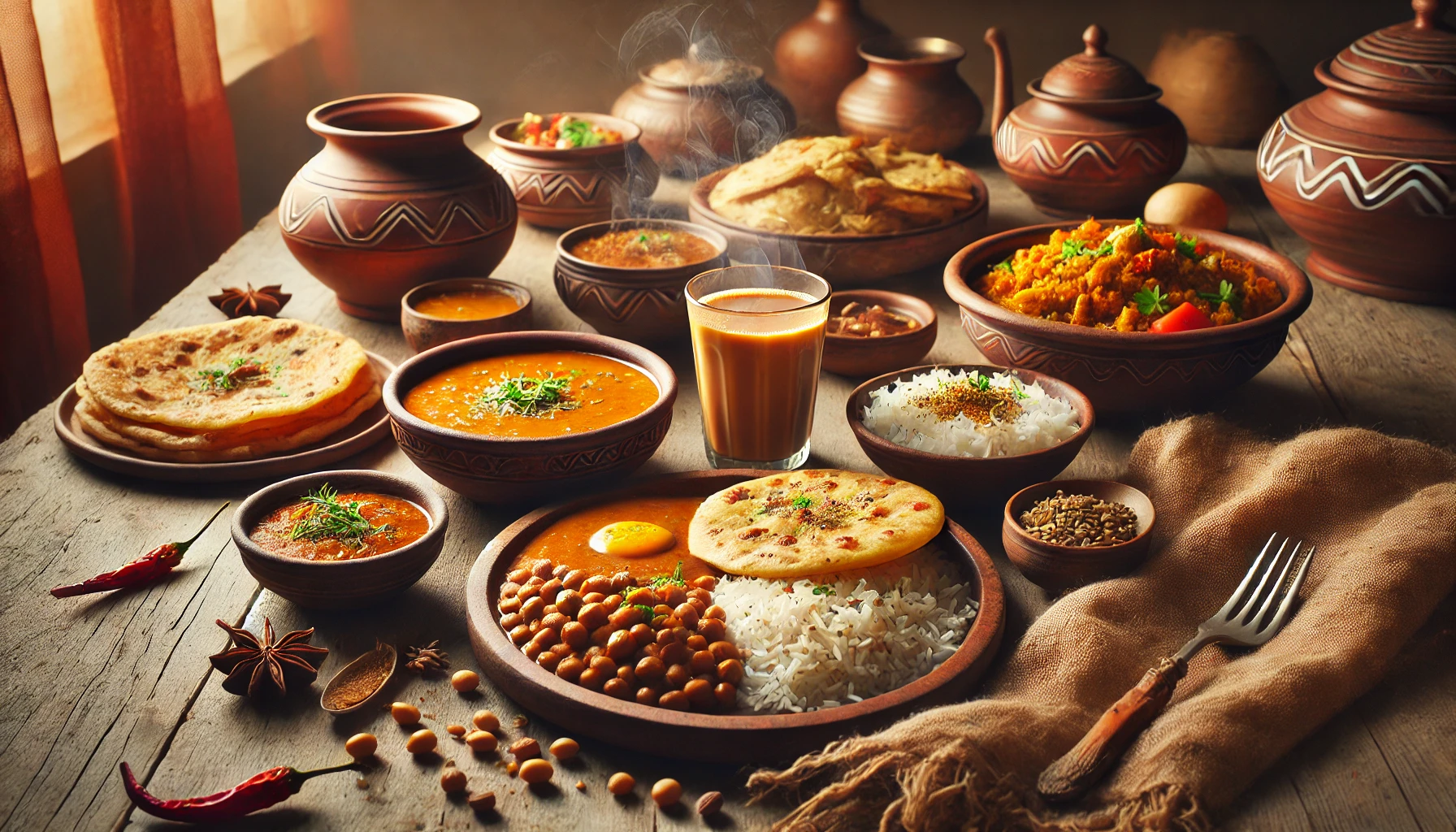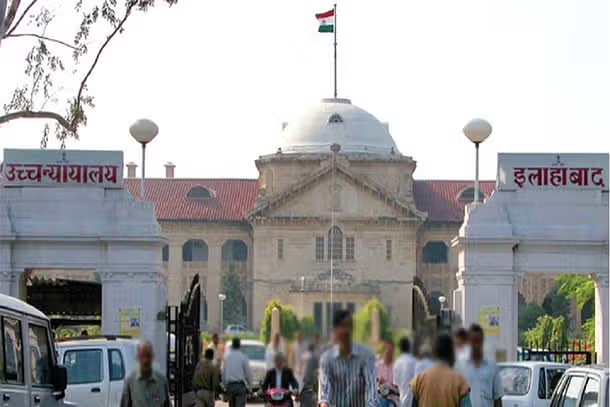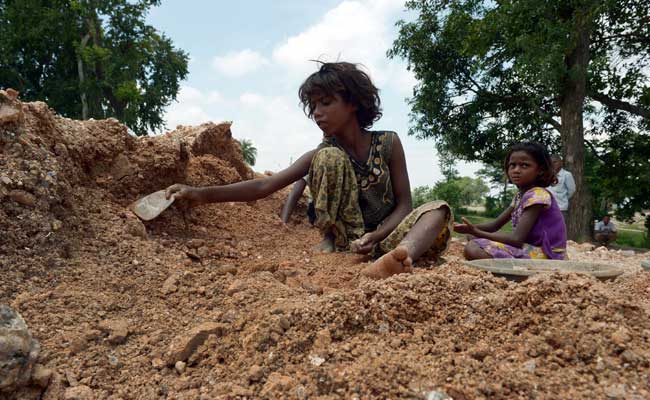Khadi sales have seen a significant boost, reaching ₹12.02 crore during the Maha Kumbh event, highlighting the growing interest in traditional Indian products.
Khadi Sales Soar at Maha Kumbh
The Maha Kumbh event has witnessed a remarkable surge in Khadi sales, with figures reaching an impressive ₹12.02 crore. This significant boost highlights the growing interest in traditional Indian products, particularly Khadi, which has been a symbol of India’s cultural heritage and self-reliance. The event, which took place in Prayagraj from January 14 to February 27, 2025, featured 98 Khadi stalls and 54 Village Industry stalls, collectively recording sales of ₹9.76 crore in Khadi and ₹2.26 crore in Village Industry products.
The success of Khadi sales at Maha Kumbh can be attributed to the government’s initiatives to promote traditional industries. The Khadi and Village Industries Commission (KVIC) has been instrumental in organizing national-level exhibitions to showcase Khadi products, aligning with Prime Minister Narendra Modi’s vision of spreading the “Sweet Revolution” across villages. This initiative includes the Honey Mission, launched in 2017, which has benefited over 20,000 beekeepers by distributing bee boxes and colonies. The mission not only promotes beekeeping as a source of income but also emphasizes the economic benefits of honey and wax production.
The Maha Kumbh event provided a unique platform for artisans and small-scale industries to showcase their products, attracting a large audience interested in traditional and sustainable goods. The exhibition was part of a broader strategy to boost rural employment and income, with Khadi sales alone increasing six-fold from ₹1.81 crore to ₹6.49 crore in recent years. This growth has created over 10.17 lakh new jobs in the sector, with a significant portion of employment opportunities generated for women.
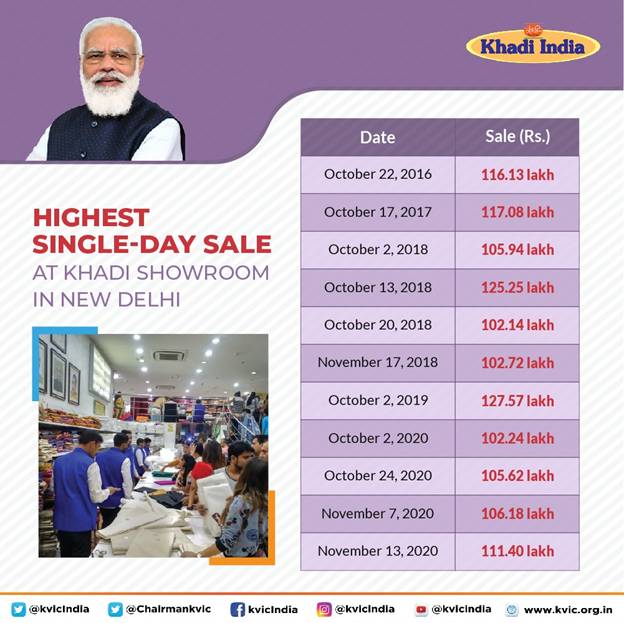
The Rise of Khadi
Khadi, which means handloom, has been a cornerstone of Indian culture and economy. The brand has evolved significantly over the years, from being a simple handwoven fabric to becoming a symbol of national pride. The KVIC’s efforts to modernize and diversify Khadi products have contributed to its increasing popularity. The organization has introduced new designs and products, making Khadi more appealing to a younger audience while maintaining its traditional essence.
The success of Khadi at Maha Kumbh reflects a broader trend of consumers seeking sustainable and culturally relevant products. This shift towards traditional goods is not only beneficial for the economy but also helps preserve India’s rich cultural heritage. As consumers become more environmentally conscious, the demand for eco-friendly products like Khadi is expected to rise further.
Impact on Local Economy
The significant sales figures at Maha Kumbh have a positive impact on the local economy, particularly in rural areas where many artisans and small-scale industries are based. The growth in Khadi sales contributes to increased income for artisans and helps in creating new employment opportunities. This economic boost is crucial for sustaining rural livelihoods and promoting economic development in these regions.
Moreover, the success of Khadi at such events highlights the potential for traditional industries to contribute significantly to India’s economic growth. By supporting local artisans and promoting sustainable products, consumers are playing a vital role in preserving cultural traditions while contributing to the country’s economic development.
As Khadi continues to gain popularity, it will be interesting to see how this trend influences consumer behavior and economic policies in the future.
The question remains: How do you think the growing demand for Khadi will impact India’s cultural and economic landscape?



 By
By
